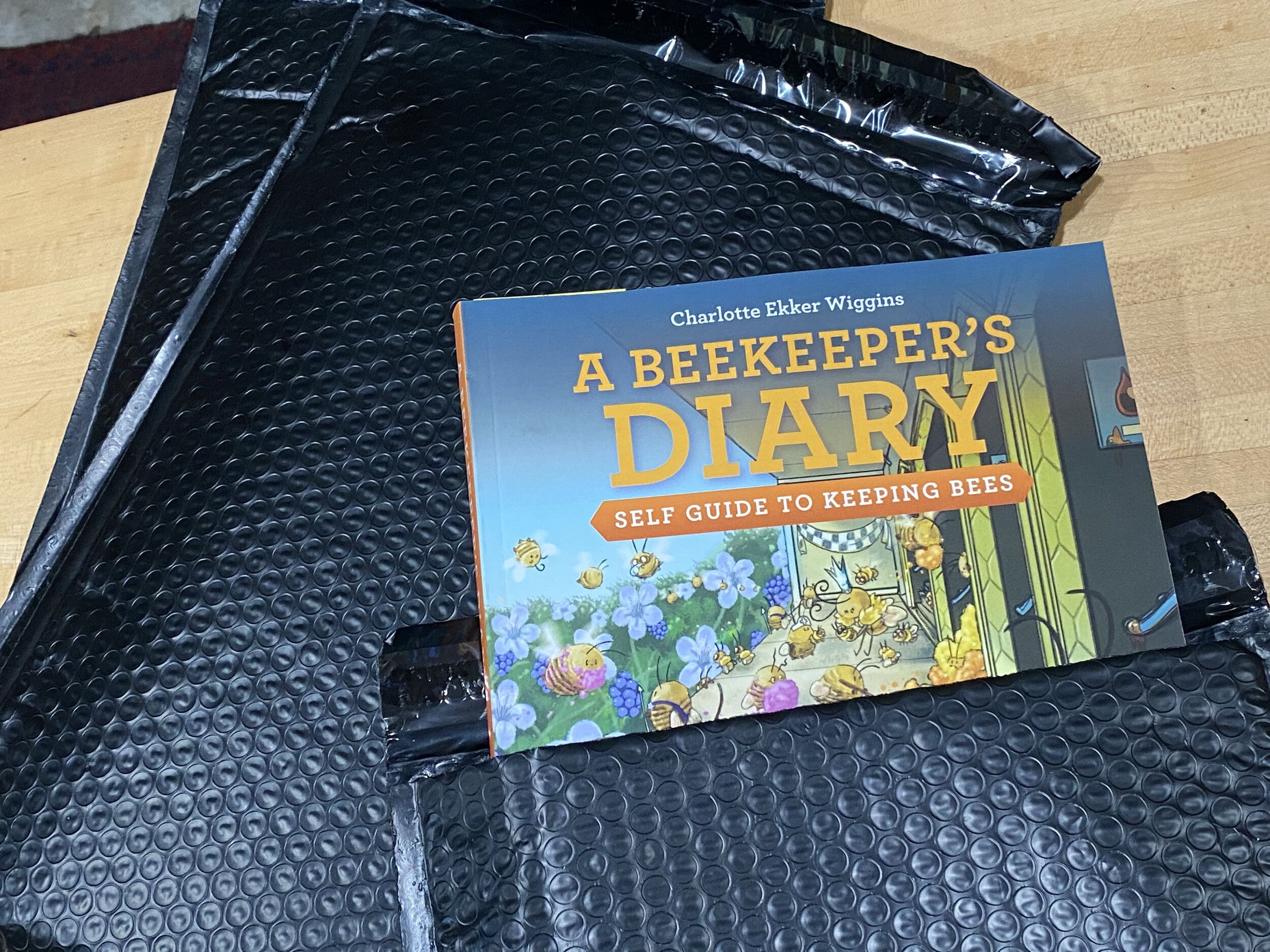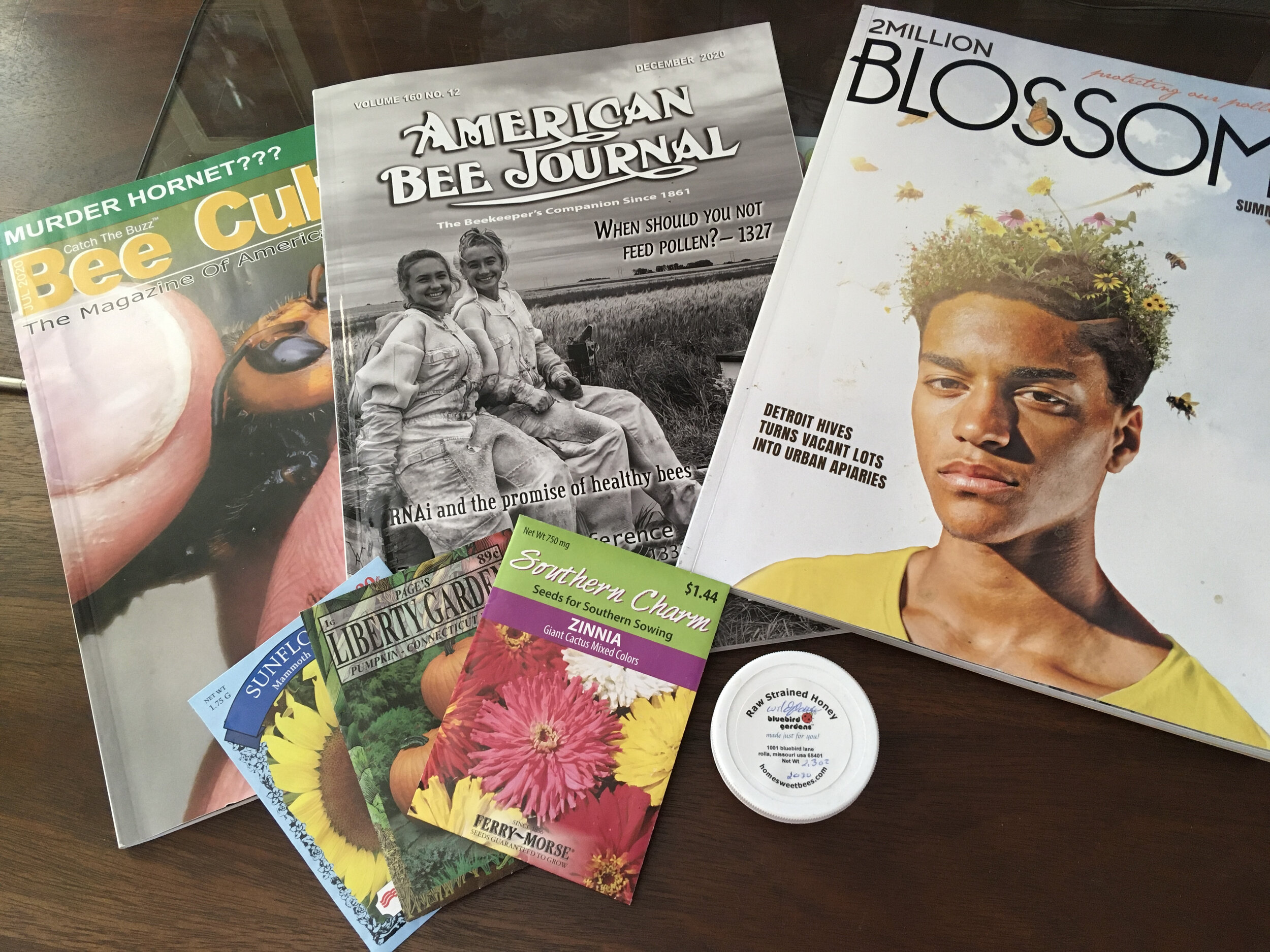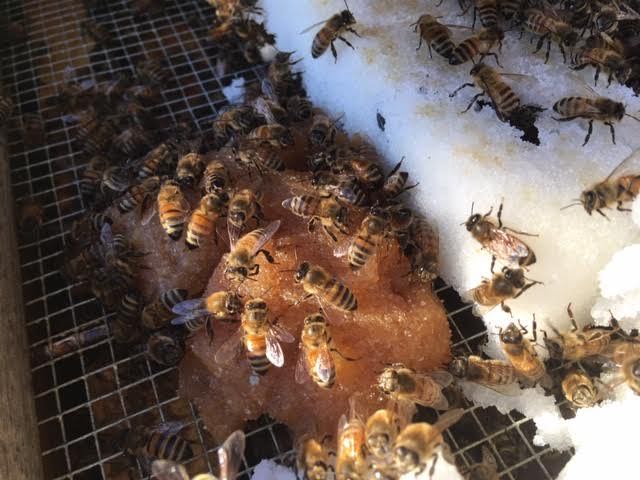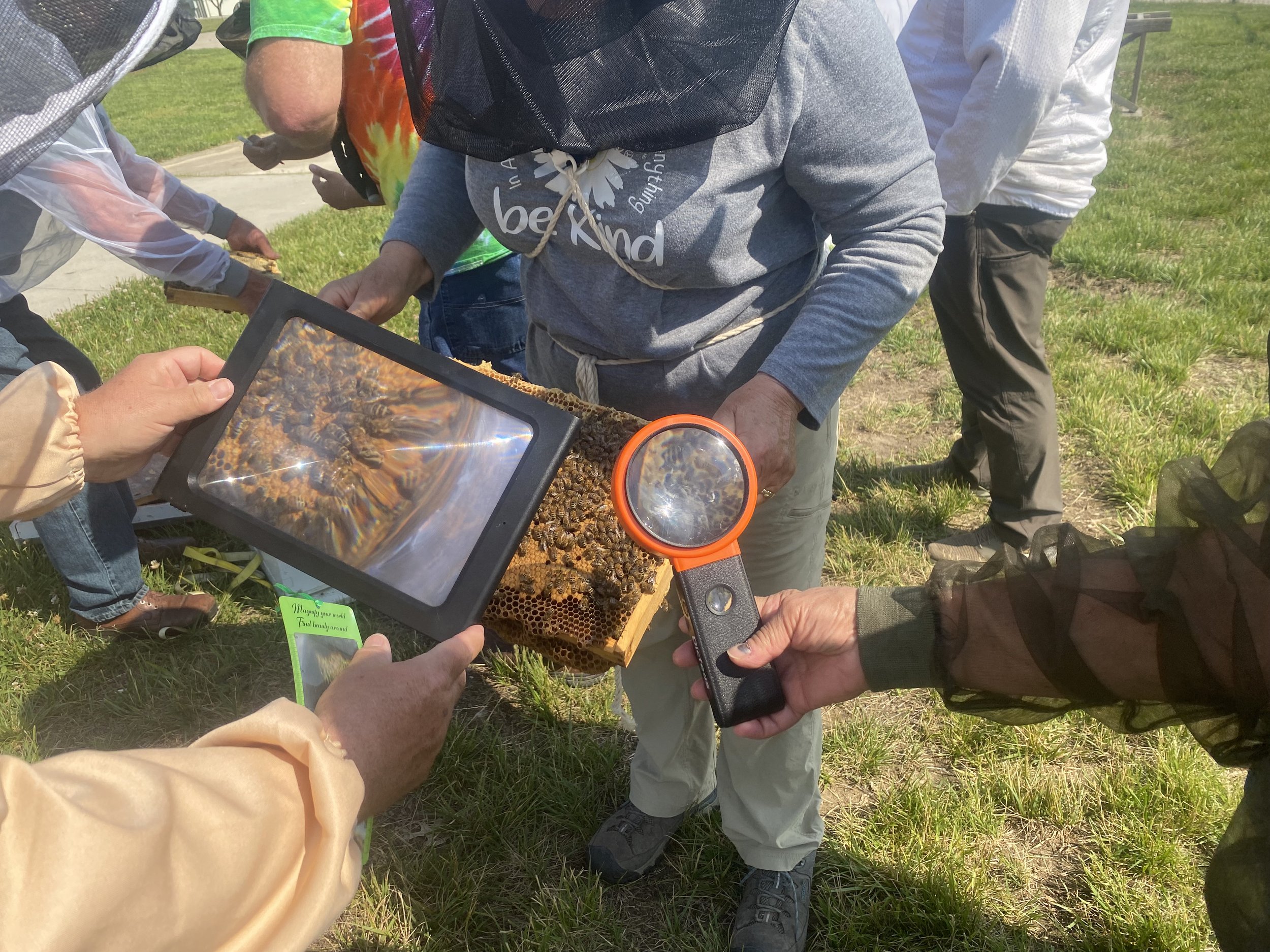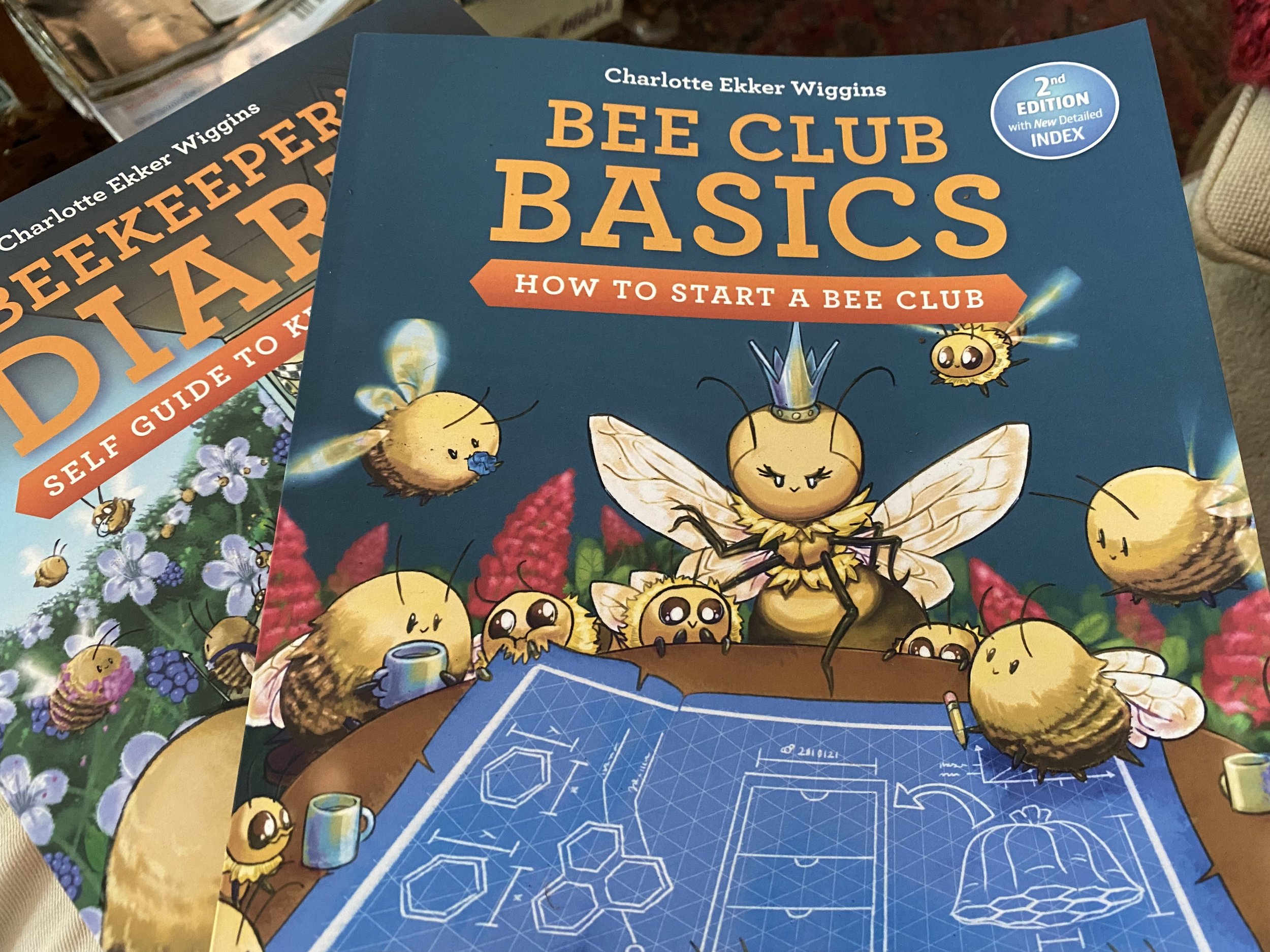Bungee Cords
/Bungee cords are handy for holding hive lids down. (Photo by Charlotte Ekker Wiggins)
Bungee Cords
I have to confess, bungee cords were not part of my pre-beekeeping days. I may have had one in my emergency car kit or maybe in a gardening bucket but it wasn’t until I started beekeeping that I found myself buying them, literally by the bucket load.
Bungee cords are an ingenious invention. They are hick stretchable cords with hooks on either end designed to hold things. In beekeeping, bungee cords are helpful to keep lids on nucs and hives as well as buckets. They are easy to attach and remove and, once secured, can withstand some pressure wether from weather or a curious critter.
Easier to attach and remove than ratchet straps, bungee cords are a good beginning beekeeping tool to have around. And now I will add yet another use.
I was working my hives downhill when my loose pants decided to start sliding. The hive was open and I didn’t want to leave them that way to go get a belt.
A quick thread of a nearby green bungee cord through the belt loops and hooked on the belt loops on the opposite ends and I could finish my inspection without startling my neighbors.
Wonder if I should suggest they add this to their long list of possible uses!





